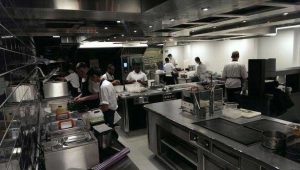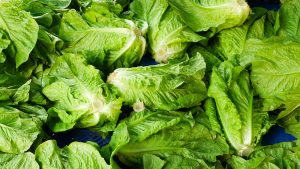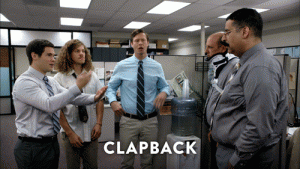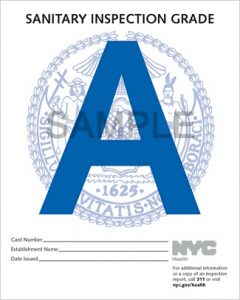Doug and I have been talking about marketing food safety for years – the oft misunderstood concept. If you’re doing a good job at food safety tell everyone about it – differentiate yourself from your competitors. Complementing this idea is transparency and disclosure. Everyone has a camera.
In 2005 some keen public health folks in Korea started soliciting food safety-related pictures from diners as they ate and ordered at restaurants. The authorities wanted to enlist citizens to look for violations to place additional pressure on businesses to be decent food safety citizens – and to fine them for bad practices.
Five years ago we started a project, citizen food safety, on Instagram. Collectively capturing food safety, in the broadest terms through the lens of the camera phone-wielding public. This wasn’t just for the food safety nerds; its for the Interweb’s population of eaters: the regular folks who shop, eat at restaurants, visit farmers markets, cook or eat.
The hashtag #citizenfoodsafety still pops up sometimes on social media.
According to Xinhuanet, Health officials in the Chinese city of Hangzhou are actively calling on restaurant operators to be more transparent and put up cameras and offer patrons a live look on what’s going on in the kitchen. I love it. This advances #citizenfoodsafety.
Sure, folks can do weird stuff in blind spots, but this is a cool progression.
In an effort to alleviate food safety concerns that shroud China’s booming takeout services, the capital city of Zhejiang Province said over 150 restaurants had offered such services on a popular takeout app.
Hangzhou’s administration for market regulation said it was part of the city’s campaign to turn its eateries into “sunshine restaurants,” which install cameras or have open kitchens to allow for customer supervision.
The online live vetting aims to eliminate the “blind spot” as more restaurants jump on the mobile internet bandwagon to promote their takeout services, said Wang Jinchao, an official with the administration.
Consumers will feel relieved as they can see what happens in the kitchen, while the restaurants will be prompted to comply with the rules, according to Wang.








